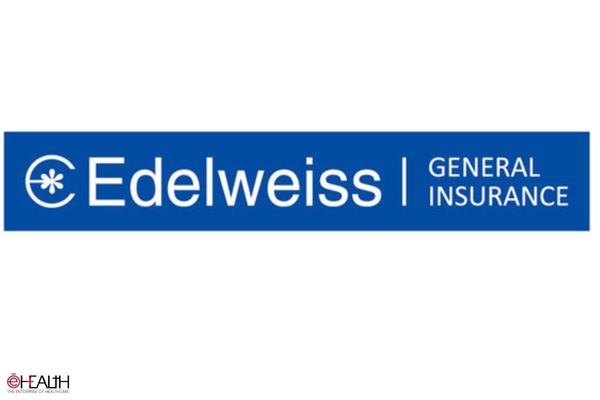

by Paddy Padmanabhan,
SVP Healthcare Analytics, Symphony Analytics (a division of Symphony Teleca Corp)

Is the Healthcare sector ready for the Data Analytics Boom ?
Healthcare analytics is going to be huge, and this is how: the global healthcare analytics market has been estimated to reach over $ 10 Bn by 2018. Frost & Sullivan estimates the APAC healthcare analytics market to reach $ 654.2 million in 2018, while IDCs recent survey notes nearly 50% of respondents citing advanced analytics as their highest investment priority.According to Gartner, Indias healthcare providers plan to spend US$ 1.05 billion on IT products and services in 2013, which in itself is an indicator of the momentum that the industry has gathered. At the same time, a significant shortage of healthcare technology professionals is being forecast, with clinical informatics being one of the most sought-after skills in the coming few years.
But where does this place us?
Data, data, everywhere, but not enough insight to think

Data available in healthcare can be segregated along the following lines:
Structured data (internal): EMR systems, claims systems, revenue cycle systems
Unstructured data (internal): doctor notes, images
Structured data (external): Public data (CMS), benchmark data, syndicated data
Unstructured data (external): social media
The democratization of healthcare, trends like connected healthcare and m-health, and the emergence of new healthcare entities like ACOs and HIEs are leading to an increase in the number and complexities of data sources (volume, velocity, variety). Remote patient monitoring is becoming more common, and patients are taking control of their own medical information – using mobile devices and apps for everything from self-diagnosis to shopping and paying for healthcare.
In healthcare, focus has been on the volume end of analytics, namely data management and governance, and descriptive analytics, while advanced analytics and predictive modeling need more work. While healthcare providers recognize the situation, they are understaffed for the most basic reporting and analytical needs. For example, in the ACO marketplace, meeting the needs of compliance reporting on 33 core quality measures alone requires providers to invest in and establish a reporting infrastructure. This does not cover the other management information and dashboards that they need to manage their businesses successfully and qualify for the shared savings.
Redefining the approach to the relationships between the 3 Ps (patient, provider, payer)
In healthcare, payers and the providers have traditionally been operating on a fee-for-service model, and the nature of the relationship was largely adversarial. The focus has been on claims and payments, and a constant analysis of care delivery utilization for the purpose of contract negotiations between provider and payer. New thinking in this area focuses on collaboration for improved outcomes, while keeping costs low. A solid analytical foundation has become crucial to track and manage clinical and financial outcomes, as population health, bundled payments and VBP go mainstream.
But what is the analytical maturity level of the healthcare system? The answer is a) it varies and b) it is relative to other sectors.
To answer the first part, the healthcare system has developed fairly mature analytical capabilities in the traditional areas like claims analysis, though mostly in the form of historical analysis for provider contracting (payers), or for claim denial analysis and improved recoveries (provider). The payer sector has developed fairly advanced actuarial analysis systems in the traditional employer-based health insurance model, though the market dynamics are still being worked on. One aspect that is clear is that internal data alone will not be enough, and the risk-management models of employer-based insurance will no longer suffice.
To address the second part, sectors like retail and banking have become adept at analyzing and anticipating where the puck will be and are prepared with updates and offerings for their consumers on a near real-time basis. Not that healthcare is awash with coupons yet (Dear Customer, heres a discount coupon for teeth whitening along with your root canal), but then, the future is closer than we think.

There is no disagreement on the huge need for analytics in the healthcare sector. But addressing the shortage in capability and capacity is not just about hiring data analytics experts aggressively, or throwing in the next new technology to fix issues. The solution lies in prioritizing the areas of focus, developing a multi-year roadmap, and determining which areas are core to the business and which ones can be delivered using a combination of technology and consulting support. Creating the right mix of global and local talent, with strong skills and backgrounds in science and applied math can help to balance heavy-lifting aspects of an analytics program with the domain-intensive aspects of analytical work.
The time has come for the healthcare sector to make bold, disruptive moves and embrace analytics whole-heartedly as a strategic tool for growth and profitability.
Be a part of Elets Collaborative Initiatives. Join Us for Upcoming Events and explore business opportunities. Like us on Facebook , connect with us on LinkedIn and follow us on Twitter , Instagram.












